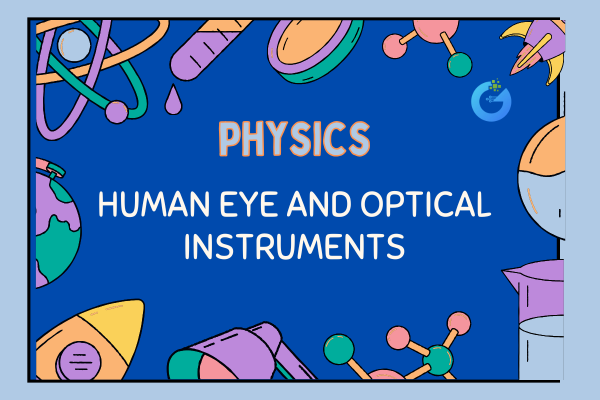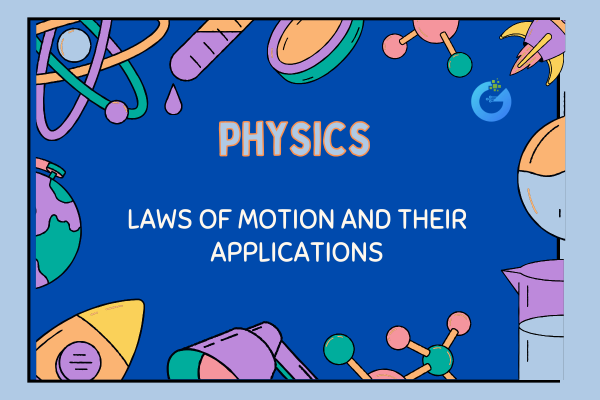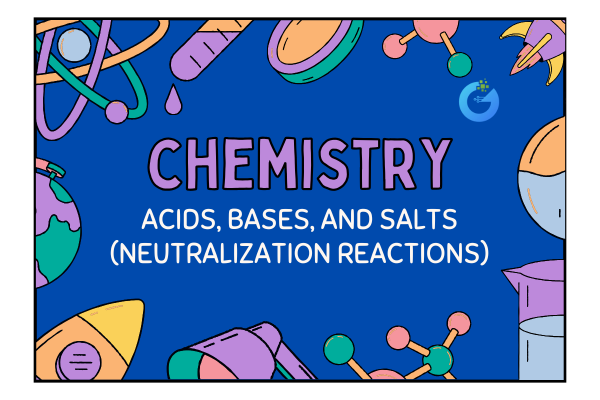Introduction
Have you ever wondered how scientists organize over a hundred different elements in a way that actually makes sense?
Imagine trying to cook without organizing your ingredients. Chaos, right? The same applies in chemistry. Without some form of classification, dealing with all the known elements would be confusing and inefficient.
That’s where the Periodic Table steps in. It’s like the blueprint of the chemical world—helping chemists predict properties, behavior, and even discover new elements.
In this chapter, you’ll learn how the periodic table came to be, why it’s arranged the way it is, and how it helps in understanding the properties of elements in a structured and logical way.
expert-led Chemistry classes – visit our website to learn more
Why Do We Need to Classify Elements?
As the number of discovered elements grew, chemists needed a way to:
- Group similar elements together
- Understand trends in chemical behavior
- Predict the properties of yet-to-be-discovered elements
- Make learning and experimenting easier
Early Attempts at Classification
Dobereiner’s Triads (1817)
- Grouped elements in sets of three with similar chemical properties.
- The atomic mass of the middle element was nearly the average of the other two.
Example:
Lithium (Li), Sodium (Na), Potassium (K)
- Success: First idea of grouping elements.
- Limitation: Could only form a few such triads.
Newlands’ Law of Octaves (1866)
- Arranged elements in increasing atomic mass.
- Every eighth element had properties similar to the first—like octaves in music.
Example:
Lithium (Li) and Sodium (Na) showed similar properties.
- Recognized a pattern in element properties.
- Broke down after calcium. Didn’t leave space for new elements.
Mendeleev’s Periodic Table (1869)
The real breakthrough came when Dmitri Mendeleev arranged elements by increasing atomic mass and grouped them by chemical properties.
Key Features:
- Placed elements with similar properties in vertical columns (groups).
- Left gaps for elements not yet discovered.
- Predicted properties of unknown elements like Eka-aluminium (gallium).
Achievements:
- Grouping was logical and useful.
- Successfully predicted new elements.
- Some elements didn’t fit the order based on atomic mass.
- Isotopes weren’t explained.
- Position of hydrogen was unclear.
Modern Periodic Table: The Real Deal
In 1913, Henry Moseley improved the periodic table by arranging elements in order of increasing atomic number (not mass).
Modern Periodic Law:
“The physical and chemical properties of elements are periodic functions of their atomic numbers.”
This new arrangement solved Mendeleev’s problems.
Structure of the Modern Periodic Table
- 18 Groups (vertical columns): Elements in the same group have the same number of valence electrons and similar properties.
- 7 Periods (horizontal rows): Properties change gradually across a period.
- Metals are on the left, non-metals on the right, and metalloids in between.
Periodic Trends: Patterns in Properties
1. Atomic Size (Radius)
- Across a period: Decreases (more protons = stronger pull)
- Down a group: Increases (more shells added)
2. Valency
- In a group: Remains same
- Across a period: Increases to 4, then decreases to 0
3. Metallic and Non-metallic Character
- Metallic character: Increases down a group; decreases across a period
- Non-metallic character: Increases across a period; decreases down a group
4. Electronegativity and Reactivity
- Metals: More reactive down a group (e.g., Na → K → Rb)
- Non-metals: Less reactive down a group (e.g., F is most reactive)
Classification of Groups
| Group | Name | Examples |
| Group 1 | Alkali Metals | Li, Na, K |
| Group 2 | Alkaline Earth Metals | Be, Mg, Ca |
| Group 17 | Halogens | F, Cl, Br, I |
| Group 18 | Noble Gases | He, Ne, Ar, Kr |
Core Concepts Table
| Concept | Definition |
| Periodic Law | Properties of elements repeat when arranged by atomic number |
| Group | Vertical column in periodic table with similar chemical behavior |
| Period | Horizontal row in periodic table showing gradual change |
| Valency | Number of electrons an atom can gain, lose, or share |
| Atomic Number | Number of protons in the nucleus (unique for each element) |
Frequently Asked Questions
Q1. Why did Mendeleev leave gaps in his periodic table?
He believed that unknown elements would be discovered later to fill them.
Q2. What is the difference between Mendeleev’s and Modern Periodic Table?
Mendeleev’s was based on atomic mass; the modern one is based on atomic number.
Q3. How many groups and periods are in the modern periodic table?
18 groups and 7 periods.
Q4. Why are noble gases stable?
Because they have completely filled outer electron shells (valence shell).
Q5. What happens to atomic size across a period?
It decreases due to increased nuclear charge pulling electrons closer.
Fun Facts About the Periodic Table
- Mendeleev arranged elements using a card game strategy—he wrote properties on cards and moved them around like playing Solitaire!
- Hydrogen is a “rebel element”—it can act like both metals and non-metals.
- Noble gases were discovered much later because they are inert and don’t react easily.
- The periodic table is often called the “chemistry alphabet” or “chemist’s map.”
Conclusion
The Periodic Table is not just a chart—it’s the DNA of chemistry. It helps us understand how elements behave, how they bond, and how they react.
From predicting new elements to explaining trends in properties, periodic classification is one of the greatest achievements in science. Whether you’re identifying metals, comparing reactivity, or learning atomic structure, it all starts with this powerful tool.
So, next time you see the periodic table on a wall or in your textbook, know this: you’re looking at the most organized collection of knowledge about the building blocks of matter.








